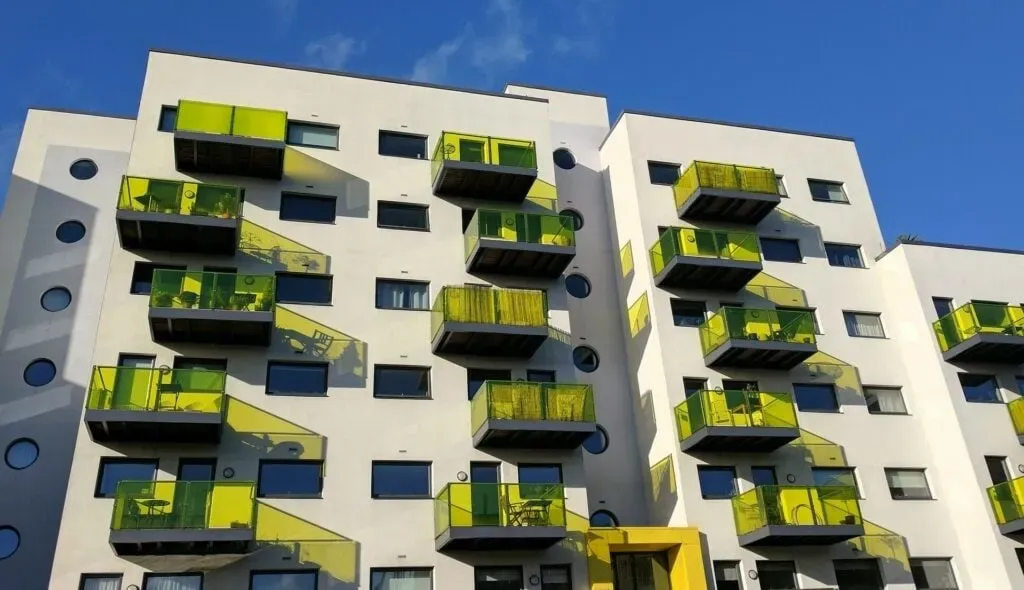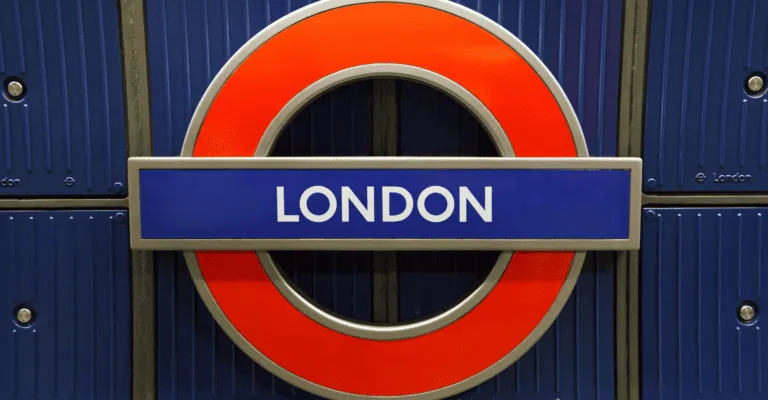Copeland Yussuf: How the Valuation Process Works in Shared Ownership

A step-by-step guide to getting an accurate valuation for Shared Ownership properties
In the Shared Ownership, you own a portion of your property, usually between 10%-75%, depending on the Shared Ownership model in question, with the rest owned by the housing association you purchased it through. This means that when it comes to selling or staircasing in the property, it’s really important to get an accurate valuation to know how much each portion is worth.
The valuation process for Shared Ownership is pretty well-defined and will be similar no matter where you are in the country. Here’s what to expect when going through the process yourself with an experienced chartered surveyor.
Starting the valuation process
To start the valuation process, you first must inform your housing association that you are looking to staircase or sell the property.
Letting the housing association know your intentions will then allow the process to begin. Some housing associations have no recommended surveyor lists or panels, and simply allow you to find a local RICS chartered surveyor. Not all chartered surveyors are valuers so you must ensure that the chartered surveyor holds a Valuation (VRS) registration.
However, the majority of the larger housing associations either offer a list (panel) of surveyors that they believe to be competent and experienced with such valuations, or they simply allocate a surveying firm from their list on your behalf. For more clarity on how your housing association deals with this process, contact them directly.
Who conducts a valuation for a Shared Ownership property?
When you get a valuation, it will need to be performed by a chartered surveyor (the valuer). These are specialist RICS members that can inspect and value your property.
As mentioned above, housing associations often have their list of recommended surveyors because they meet their requirements. Those that make the cut will likely be experienced in your local area as well as fully aware of the Shared Ownership process. When choosing who to conduct your valuation, see if they feature in various panels, as this indicates competence and experience with housing association valuations.
Although part of a panel, a chartered surveyor will work independently when valuing your property.
How is a Shared Ownership property valued?
Your chosen valuer will need to conduct a physical inspection to value your property, especially if this is your first valuation. During an inspection, a representative will visit your property to review it, looking at the various details that influence its value.
Multiple factors influence the final valuation of a property. Some of the features that influence the value include:
- Floor area.
- Number of bedrooms and bathrooms.
- Style of property.
- Designated parking.
- Gardens and outdoor areas.
- Location of the property.
- The floor the Shared Ownership property is on.
- Proximity to schools and amenities.
- Age and condition of the property.
- Street name and number.
- The energy efficiency of the property.
An inspection can last between 15-30 minutes, depending on the size of your Shared Ownership property. During this time, make sure to ask any questions you may have, as this is the best time to ensure you fully understand the process. The valuer will be required to take certain photographs for the report, but these are not photographs that will be used for the marketing of your property.
In addition to looking out for a property’s aspects that influence its value, valuers will also use additional methods to help arrive at an accurate valuation. This includes speaking to local estate agents to establish the most recent transactions, and monitoring of data and indices that can assist with gauging market sentiment.
Chartered surveyors will use the comparable valuation method. This is the most common approach for residential property valuation in the UK and consists of studying recent comparable transactions in your area.
What happens after a valuation?
Once your valuer has completed their inspection, they’ll typically email your valuation report within a pre-agreed timeframe. Again, depending on your housing association, this will either be sent directly to the property owner or to your housing association depending on the housing association’s policy.
Once you receive this valuation, you can then use it to help influence your next decision. It is important to note that with any valuation you are permitted to staircase or sell; even if that was not your original intention. A valuer’s role is to accurately report their opinion of the market value at the valuation date but ultimately the client is free to decide what they do with that valuation.
If you have any queries after receiving your valuation, then you should contact your valuer to discuss the valuation report. Chartered surveyors will offer clients the chance to challenge a valuation if they feel it is too high or too low, however the onus is then on the client to justify their assertion with relevant and recent comparable evidence. The valuer will review all evidence and then give their feedback.
Here at Copeland Yussuf, we are registered panel surveyors for over a dozen housing associations and local councils across England. Should you require assistance with the staircasing or sale of your Shared Ownership property then we are always available to help.
Share to Buy is a one stop shop for affordable homes. On our website, you can search for properties, compare mortgages and find out all you need to know about alternative home-buying schemes such as Shared Ownership via our article index.

